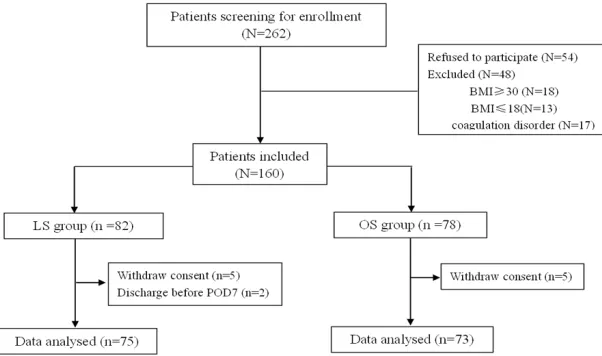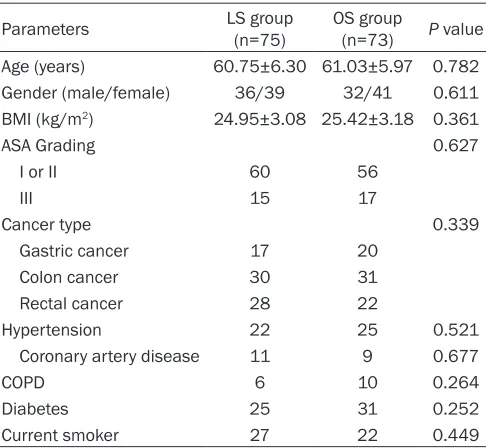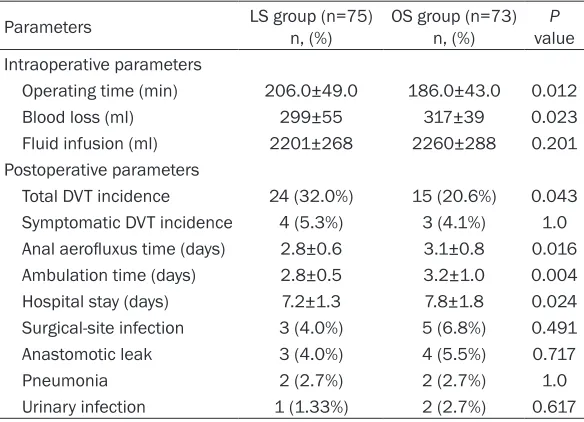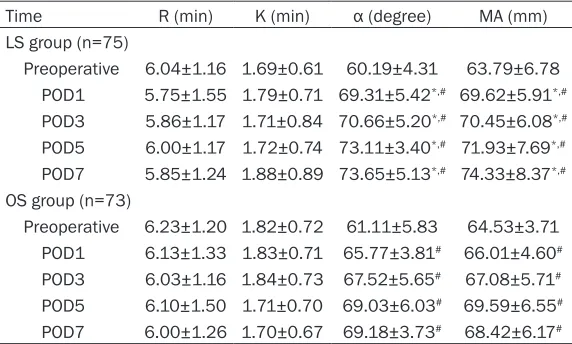Original Article The impact of laparoscopic versus open surgeries on the incidence of postoperative deep vein thrombosis in patients with gastrointestinal malignancy-a cohort study
Full text
Figure




Related documents
If loci causing inbreeding depression are linked to marker loci, then viability selection is manifested by distorted segregation of markers, and fecundity
a high performance analog circuit design block based on currentmode and voltage mode approach.. It
Twenty-five percent of our respondents listed unilateral hearing loss as an indication for BAHA im- plantation, and only 17% routinely offered this treatment to children with
Keywords: ironmaking; direct reduction; iron ore; DRI; shaft furnace; mathematical model; heterogeneous kinetics; heat and mass
Three robotic operations, left hepatectomy with intraoperative common bile duct exploration, low anterior resection, and radical distal subtotal gastrectomy with
Background: Councils of Chiropractic Education (CCE) indirectly influence patient care and safety through their role of ensuring the standards of training delivered by
It was decided that with the presence of such significant red flag signs that she should undergo advanced imaging, in this case an MRI, that revealed an underlying malignancy, which
The final version of the questionnaire included 88 items distributed in four topics: 1) general approach to polysensi- tised subjects (n = 24) (Table 1); 2) sensitisation